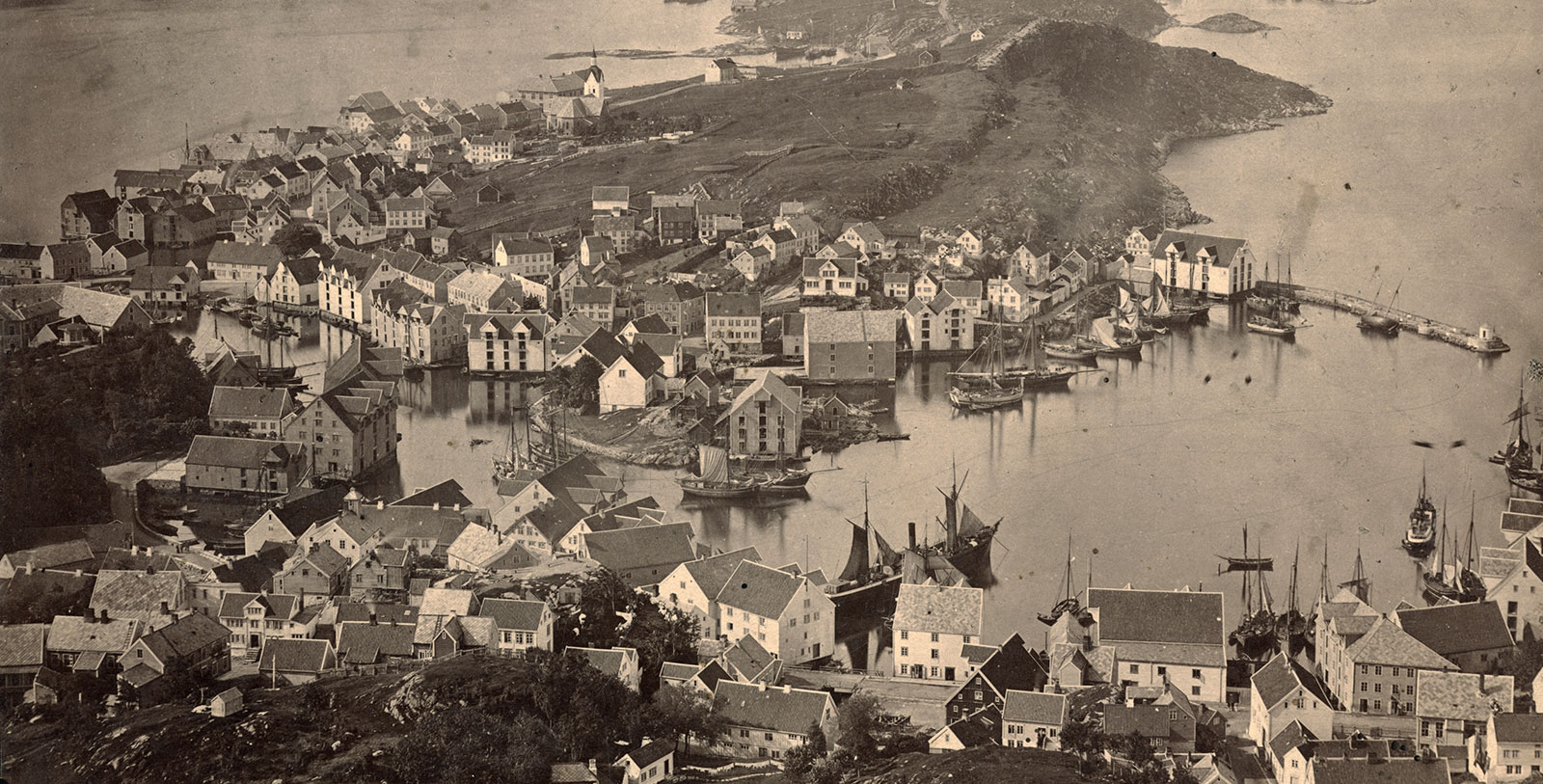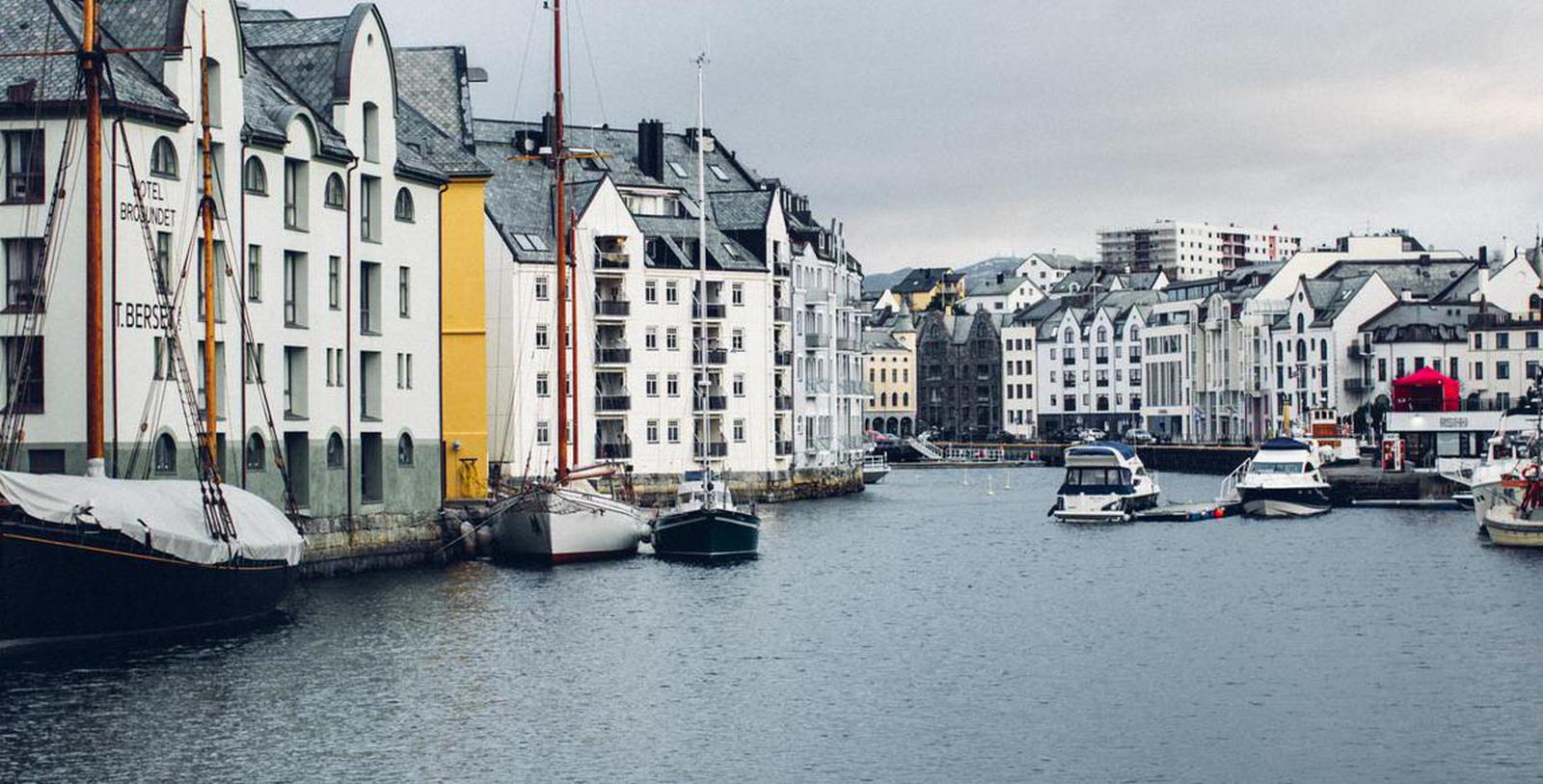Receive for Free - Discover & Explore eNewsletter monthly with advance notice of special offers, packages, and insider savings from 10% - 30% off Best Available Rates at selected hotels.
history
Discover Hotel Brosundet, which was originally a seafood warehouse founded in 1904.
On January 23, 1904, the charming seaside city of Ålesund was almost completely destroyed by a catastrophic fire. In the aftermath, aid flooded into the region and numerous skilled workers arrived to help rebuild the town and the community. Kaiser Wilhelm II, the German Emperor and King of Prussia, was particularly moved by the plight of the population, having spent much time vacationing in the region. As a result, much of the international help came from Germany. Indeed, Kaiser Wilhelm sent his first telegram before the fire was even completely extinguished, ording four ships loaded with personnel, food, medicine, materials for shelters, and equipment be dispatched immediately to Ålesund
Architects also came to assist the city, most notably Jens Zetlitz Monrad Kielland. An accomplished architect in Bergen, Kielland was one of the first Norwegian architects to draw inspiration from older Norwegian craft design as well as the Jugendstil artistic movement, otherwise known as the German Art Nouveau. Following the fire, Kielland opened up an office in Ålesund and set about rebuilding the town entirely in this design.
In 1904, Kielland was hired by Peder Devold to build a 'Pakhus' or warehouse for Devold's fish trading company. The building continued to be used as a seafood storehouse for decades, eventually ceasing operations during the 1980s. In 2007, the building underwent a massive renovation by renowned Norwegian design firm, Snøhetta. The building’s original wooden and brick foundation were preserved and additional layers of historic authenticity were added to create a truly unique space. Today, the building holds the Hotel Brosundet, a magnificent holiday destination in downtown historic Ålesund. This marvelous historical structure features the distinctive Jugendstil architecture and Norwegian design elements for which Kielland was known.


























